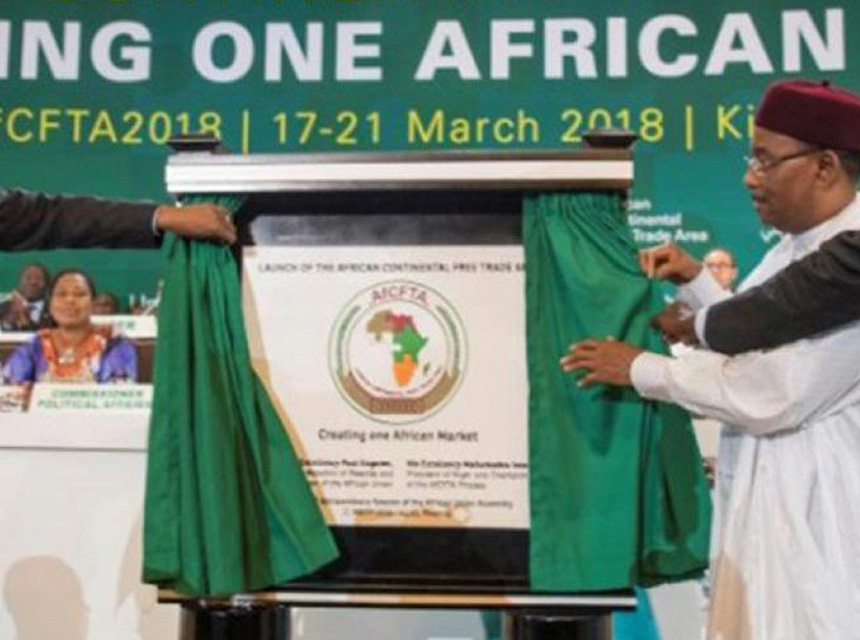The contribution of different parties, the administration, and the details of the Fund have yet to be decided by the regulation. The warehouse receipt system will simplify the market, improve grower incomes and reduce food loss, according to NurHussien Gasha, crop market expert at the Ministry of Trade & Industry. The system will resolve the current constraints for farmers to access credit from banks as the only assets they have are crops, according to Jotework Gudeta, a financial sector specialist at IFC. In the last five years, banks have availed less than 10pc of their loan portfolio to the agriculture sector. “It’ll also prevent post-harvest loss from the mishandling of agricultural products,” Jotework said. Dereje Zebene, president of Zemen Bank, also believes the system is a remarkable initiative, especially its intentions. “But from the perspective of a financial institution,” said Dereje, “it needs a solid assurance to be entitled to proceeds after the liquidation of the commodity if any damage is inflicted on the goods.” It is hard to say if things will be implemented as written on the ground, and it also needs an extensive capacity building and awareness creation campaign for farmers, according to Dereje. Even though there was no regulation that followed the proclamation, the Ethiopian Commodity Exchange started a warehouse receipt system six years back with sesame, maize, white pea beans and wheat. ECX had kicked off the service with Commercial Bank of Ethiopia, Hibret and Nib banks. However, after functioning for a year, the system was cut short. There was a hiccup in the implementation of the practice, according to Netsanet Tesfaye, corporate communications manager at ECX. “The local consumption for maize and wheat was high, and the production didn’t matter much for export levels,” he said. At the end of last year, the ECX reignited the system after conducting a comprehensive study with IFC. It has started with maize as a piloting stage in two warehouses in Neqemte and Bure. “We plan to add more agricultural goods and warehouses,” said Netsanet. This is going to be a game-changer in the value chain from the producer to the trader, according to Alebel Weldesilassie (PhD), a country economist at the International Growth Centre. “In addition, it’ll also increase the market power of smallholders by enabling them to choose at what point in the price cycle to sell their crops,” he said. But there must be well-established market information since the system requires it, especially on prices and crop forecasting, recommended the expert. Read the original article on Addis Fortune


